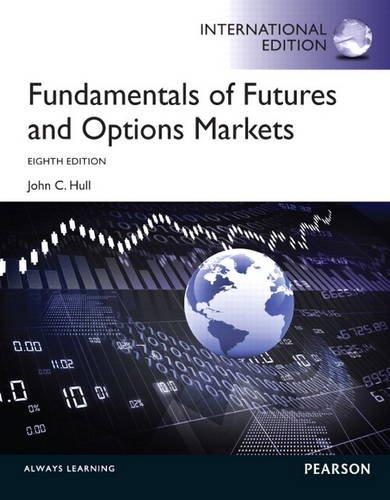k. Five baniks offer nominal rates of 10% on deposits, but A pays interest annually, B pays semlannually, C pays quarterly, D pays monthly, and E pays daily. Assume 365 days in a year. 1. What effective annual rate does each bank pay? If you deposit $5,500 in each bank today, how much will you have in each bank at the end of 1 year? 2 years? Round your answers to two decimal places. 2. If the TVM is the only consideration, what nominal rate will cause all of the banks to provide the same effective annual rate as Bank A? Round your answers to two decimal places. 3. Suppose you don't have the $5,500 but need it at the end of 1 year, You plan to make a series of deposits - annually for A, semiannually for B, quarterly for C, monthly for D, and daily for E - with payments beginning today. How large must the payments be to each bank? Round your answers to the nearest cent. Choose the correct graph that shows how the payments are divided between interest and principal repayment over time. The correct graph is h. What will the FV and the PV for parts a and c be if the interest rate is 12% with semiannual compounding rather than 12% with annual compounding? Round your answers to the nearest cent. FV with semiannual compounding \$ $ PV with semiannual compounding: \$ 1. Find the annual payments for an ordinary annuity and an annulty due for 8 years with a PV of $1,000 and an interest rate of 11%, Round your answers to the nearest cent. Annual payment for ordinary annuity: \$ Annual payment for annuity due: $ 1. Find the PV and the FV of an investment that makes the following end-of-year payments. The interest rate is 11%. Round your answers to the nearest cent. PV of investment: 5 FV of investment: $ k. Five banks offer nominal rates of 10% on deposits, but A pays interest annually, B pays semiannually, C pays quarterly, D pays monthly, and E pays daily. Assume 365 days in a year. 4. Even if the five banks provided the same effective annual rate, would a rational investor be indifferent between the banks? It is more likely that an investor would prefer the bank that compounded frequently. 1. Suppose you borrow $16,000. The interest rate is 11%, and it requires 4 equal end-of-year payments. Set up an amortization schedule that shows the annual payments, interest payments, principal repayments, and beginning and ending loan balances. Round your answers to the nearest cent. If your answer is zero, enter " 0 ". C. Find the PV of $1,000 due in 4 years it the discount rate is 12%. Round your answer to the nearest cent. 5 d. A security has a cost of $1,000 and will retum $4,000 after 4 years. What rate of return does the security provide? Round your answer to two decimal places. e. Suppose Calfornia's population is 37.8 million people, and its population is expected to grow by 4% annually. How long will it take for the population to double? Round your answer to the nearest whole number. years f. Find the PV of an ordinary annuity that pays $1,000 each of the next 4 years if the interest rate is 15%. Then find the FV of that same annuity. Round your answers to the nearest cent. PV of ordinary annuity: $ FV of ordinary annuity: $ 9. How will the PV and FV of the annuity in part f change if it is an annuity due rather than an ordinary annuity? Round your answers to the nearest cent. PV of annuity due: $ FV of annuity due: $ h. What will the FV and the PV for parts a and c be if the interest rate is 12% with semiannual compounding rather than 12% with annual compounding? Round your answers to the nearest cent












